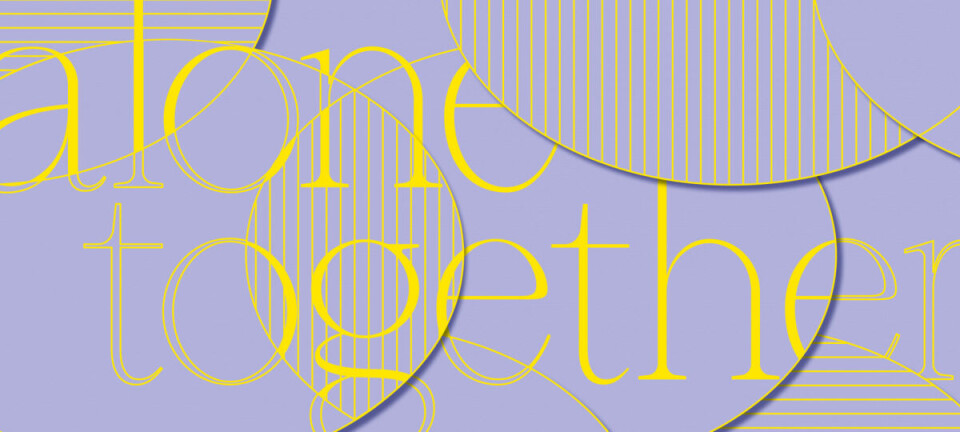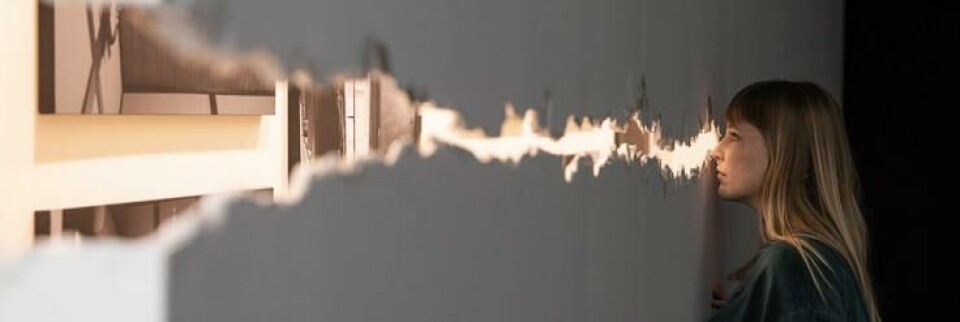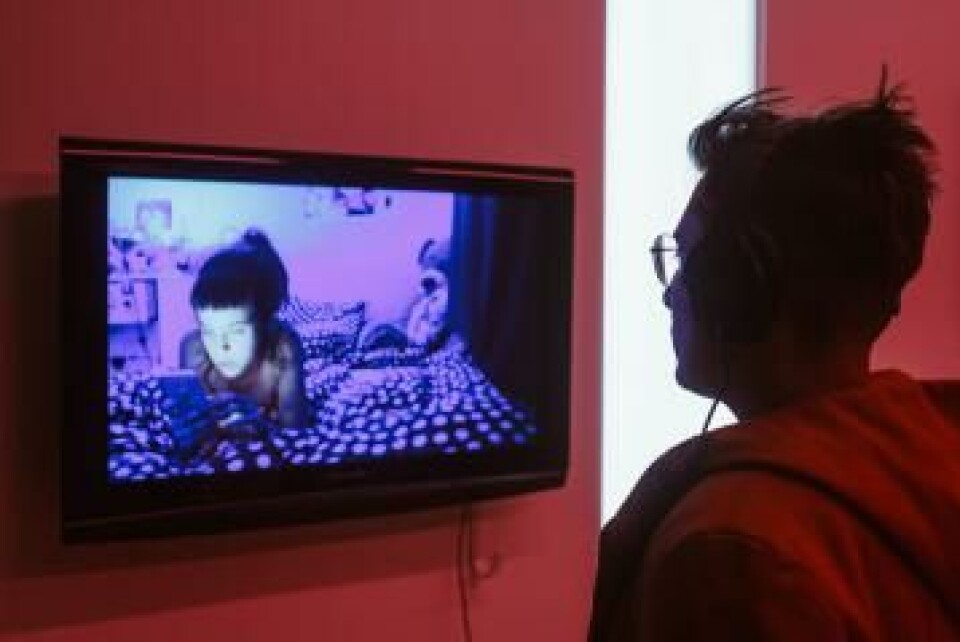article> Arts & Culture
Artefact 2020: Alone Together

This year's edition of Artefact brought to us by STUK focuses on what it is like to be alone in our modern society.
by Sara Blanco
Illustrator & Contributing Writer
STUK surprises us every year with their annual festival Artefact, whose topic changes from year to year. The title chosen for 2020 is “Alone Together”, and it addresses loneliness in a society in which we are constantly surrounded by people. This very contemporary topic is explored from different points of view and through different disciplines. Eighteen artists make up the exhibition, whose works can be found in STUK and in public spaces of Leuven (Grasmushof Park, Frederik Lintsstraat 39, Maria Theresiastraat 125) from Thursday 13th of February until 19:00 on Sunday 1st of March.
Nowadays, it is hard to find time to be alone. We work in big companies, we attend crowded lectures, we travel all together by public transport and we wait in infinite queues for almost anything. Rather than living as part of society, it feels like we constantly live in crowds.
However, we do not always find ourselves interacting with the crowd despite the fact that we are part of it. We go to the library, we open our bag, we spend four hours reading a book surrounded by strangers and we head home without having exchanged a single word with anyone. That is the dichotomy that Artefact aims to explore with Alone Together: how we are more connected than any time before and at the same time, individuality is growing stronger than ever.
Ante Timmermans reflects on this feeling with massive paintings made in isolation. In his own words, “I feel the need to be alone to create new things [...]. If you are really fundamentally absorbed in the studio, the work becomes you. You need that loneliness in the studio” (interview Hilde Van Canneyt, 2013). We can also find several video clips, like the one produced by Chloé Op De Beeck in which we are transported to the Meise Botanical Garden, located just outside of Brussels, to experience its beauty from an unusual point of view: the plants’ perspective. The recordings allow us to perceive the visitors from cameras hidden among the plants, giving the impression of experiencing the world through the as the plants would see it: the human interaction and the lack of it, how people behave when they are on their own.

If we then go to STUK’s binnenplein, we can find intriguing telephone boxes. They are the work of Kyoko Scholiers, who travelled around Belgium interviewing people from the margins of society. Homeless people, prostitutes, prisoners, etc. She recorded their stories and now it is possible to listen to them by dialing the phone numbers carved inside of the cabins. This way, we approach a radical solitude, one ironically created by society itself.
A very different way to approach this issue is the one taken by Atsushi Watanabe. He focused on Japanese society to address a problem that he personally experienced: the reality of the hikikomori, people who withdraw themselves from society. Instead of becoming homeless or falling between the borders of legality, over a million of Japanese people, unable to adapt to life in society, lock themselves in their rooms for years. According to the artist, “[…] we need to notice that our society has created a violent environment, hurting the feelings of individuals and excluding them. I think it is not the attitude of hikikomori people but violence in society that should be addressed.” This is a social problem that still grows from year to year, and results in more and more Japanese people trapped within their own isolation. Watanabe reflects this phenomenon with a series of photographs through which we can sneak in through a crack in the wall of the rooms.
A poetic way of shedding light into the ones who choose to stay in the darkness.

Another work that I particularly enjoy is the one presented by Molly Soda. She includes us in her universe making us part of her little pink room. There, we can see her going through all kinds of emotions only by staring at the screen of her phone. On a different clip, we can see her on a chat room, crying for her viewers. I like this work because it reflects the particular connection that the internet allows us to make with the world. How we react to every kind of event from the solitude of our room, and how the world reacts to our performances, to the show that we decide to offer. This particular way of communication makes us feel part of a community, while not having the need of sharing a physical space or putting a face to the people we are interacting with.
We are truly alone together.
These and more pieces can be found at STUK





